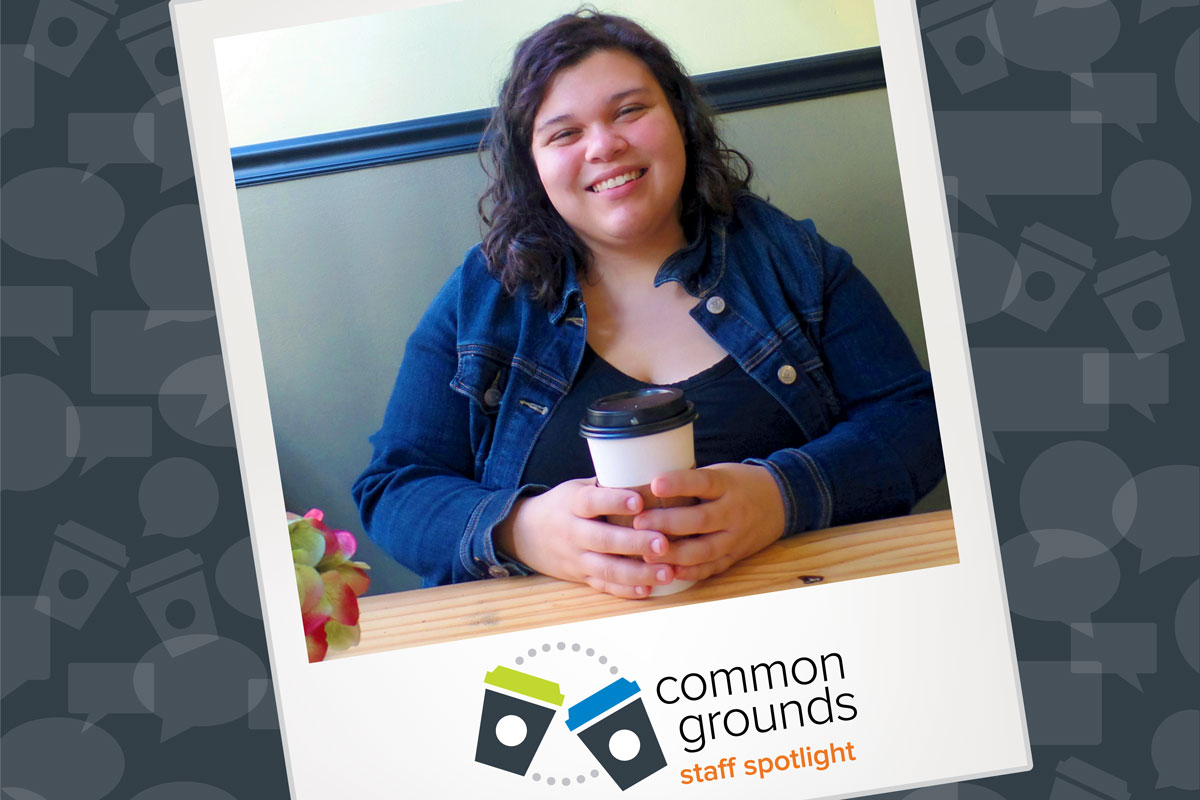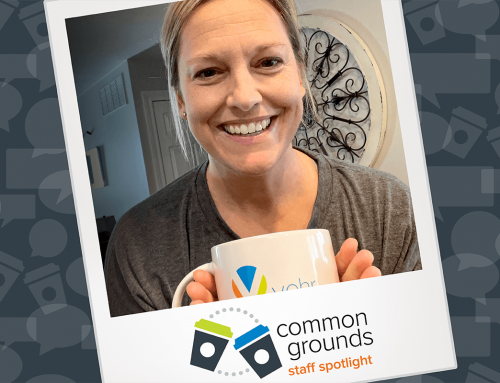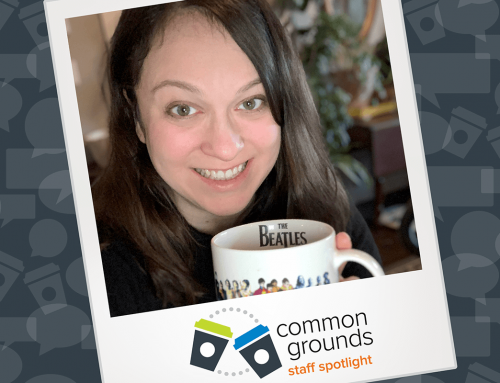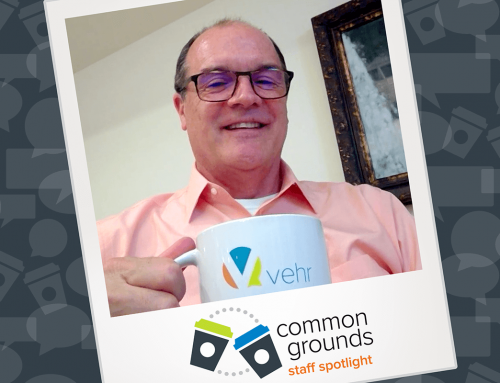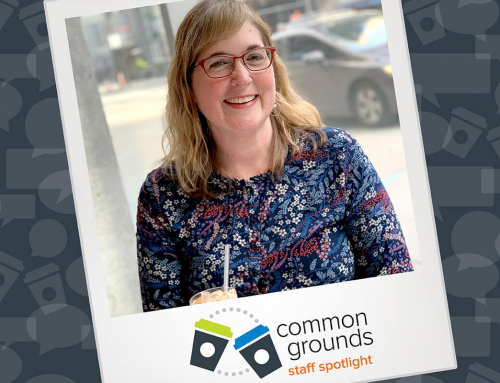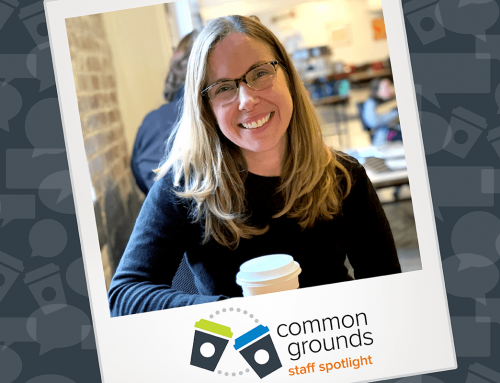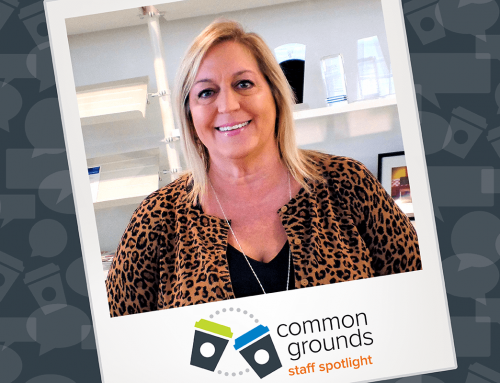Haley Fite is an account manager at Vehr Communications with some serious social media savvy. As a part of Vehr’s digital acceleration team, Haley helps make sure our clients are on the cutting edge of emerging trends in the digital sphere. Haley recently passed her second Facebook Blueprint certification and was kind enough to share some of her wisdom with me over coffee.
Congratulations on your recent certification Haley! But what exactly does it mean that you’re Facebook Blueprint certified?
Thanks! I recently became certified in both Facebook Planning and Facebook Buying.
Being certified in Facebook planning means I can create strategic plans for Facebook advertising, which includes Instagram advertising and other properties. Facebook planning is all about leveraging the Facebook advertising product suite in a cost-efficient manner that will best meet business objectives and marketing goals. Facebook offers 11 different marketing campaign objectives, so there are a lot of different ways to determine what a successful campaign looks like. These goals can span the marketing and sales funnel, so there’s a lot of flexibility.
Certification in Facebook Buying is about managing the execution of your advertising plan. Brands are constantly competing for advertising space on Facebook, so it’s integral that you understand how best to place an advertisement, monitor your campaign and analyze the reports that determine how the ad is performing.
You’ve gained plenty of insight from your certification process, what are some common mistakes you see marketers make on Facebook?
Most people’s instinct is to just boost a post, which is really easy and sometimes effective if you’re using the right audience. But it’s not always done strategically. Simply boosting a post doesn’t take a look at your audience or your objectives holistically. It’s always a better practice to look at Facebook advertising under a microscope and compare your assets with what you want to achieve.
Another pitfall is that many marketers don’t refine their targeting enough through Facebook. You look at huge brands like Coke, Pepsi and Gap, they have the money and the power to effectively target a group like males in the United States aged 25 to 34. Smaller brands might have a more local niche audience that requires fine tuning on the marketer’s behalf in order to ensure that the advertising dollars involved are being spent most efficiently. Smaller brands may not have as big of a budget, but they can still have a major impact.
With the holidays wrapping up, did you notice any shifts in marketing trends this season from previous years?
Something I’ve noticed is that there haven’t been too many big viral holiday campaigns this year. Granted, nearly everyone has heard about Peloton, but other than that we haven’t seen as many brands with holiday-specific commercials. Brands and companies are investing less in seasonal content and more in evergreen (content that is relevant throughout the year). Some might think this is a lazy approach, but I think it allows you to get more longevity out of your campaign and more use out of your creative assets. I think this represents a shift on a grander scale within our marketing sphere, as we’re seeing less concentration on physical holiday shopping and more focus on promoting e-commerce.
Now that there are a multitude of ways for brands to reach their customers, having one concentrated push during one time of year on a single channel is going to be a trend we continue to see die out.
Why such a big shift to e-commerce?
Many marketers see e-commerce on social as a win-win-win opportunity. Take Instagram for example. Instagram wins with e-commerce because consumers accelerate through the sales and marketing funnels without ever leaving the platform; the marketers win because they’ve achieved a quick and cost-efficient sales conversion; and the consumer benefits from a seamless user experience.
Whether it’s the middle of the summer or the holiday season, what are some essential elements to market effectively through social media?
The first rule of thumb is to know your audience and your relationship with them. Sometimes with a given brand there’s the audience they think they have, and then there’s the audience they really have. At some point, you must make the decision of whether to align your brand with your aspirational consumer group or with the consumers that have naturally gravitated to your product.
I’ve also observed this mindset where brands believe if they are going to explore some kind of new digital feature, they have to jump in with two feet first— this just isn’t true. Putting all your eggs in one basket isn’t sustainable, it’s much easier to experiment on a low level with a smaller budget and work your way up, which is important given how often the social media landscape fluctuates. The brands that are willing to stay flexible in their approach, and experiment with different channels are the ones that have the easiest time adapting to an evolving marketplace.
Speaking of an adapting marketplace, one thing we have seen more and more in the digital sphere is the rise of artificial intelligence and automation. What do you think the future holds and should marketers be worried for their jobs?
I think a lot of people talk about trends regarding AI and automation like it’s something that’s on its way as opposed to something that’s already here. They expect it to hit them in the face one day when it’s a slow burn. AI is already utilized in some of the ways we censor graphic content on social media, it’s also why you might see offensive comments hidden before anyone reviews them. Algorithms are another great example of AI making an impact in our day-to-day work from social media to SEO and inbound marketing.
But when it comes to being replaced by robots, marketers can rest easy. The biggest hurdle for AI automation is understanding the human nature of context which is extremely important in public relations and marketing. Anticipating every human variable from emotion to dialect is exceptionally difficult for AI. People try to create algorithms that can address this, and we hear about AI that can read emotions or understand speech patterns, but the fact of the matter is that even our own communication habits are constantly evolving, and they are largely dependent on cultural backgrounds and language. As our cultures continue to merge and combine, I don’t think AI can ever fully understand and appreciate this dynamic on the level that we can.
Another hurdle is that a lot of AI development has been done in very controlled environments. AI is developed to adapt to very specific circumstances with very specific variables. One example of this is facial recognition software – so much of the testing is done in a vacuum with a specific demographic set. We see this tech fail when it tries to identify faces amongst women, people with glasses or people of color. Our consumers are too diverse, and their habits are too dynamic for AI to fully adapt.
Before we wrap up, I have to ask about your favorite coffee drink, specifically, your obsession with chai lattes.
Oh yes, I rank all of my chai teas based on where I’ve had them in Cincinnati. Right now, Coffee Emporium is maintaining their top spot in the rankings, previously Rohs Street Café was number two, and then Starbucks followed by Kidd Coffee. But that was before I came here (Kitty Coffee).
Where does this one rank on the list?
This is good … fruity notes, almost like there’s apple or hibiscus in it … This I’m going to put at number three. I think Roh’s Street keeps the number two slot. Rohs Street is smooth yet spicy, while maintaining that distinct black tea flavor and consistency.
Get to know more about Haley here.
